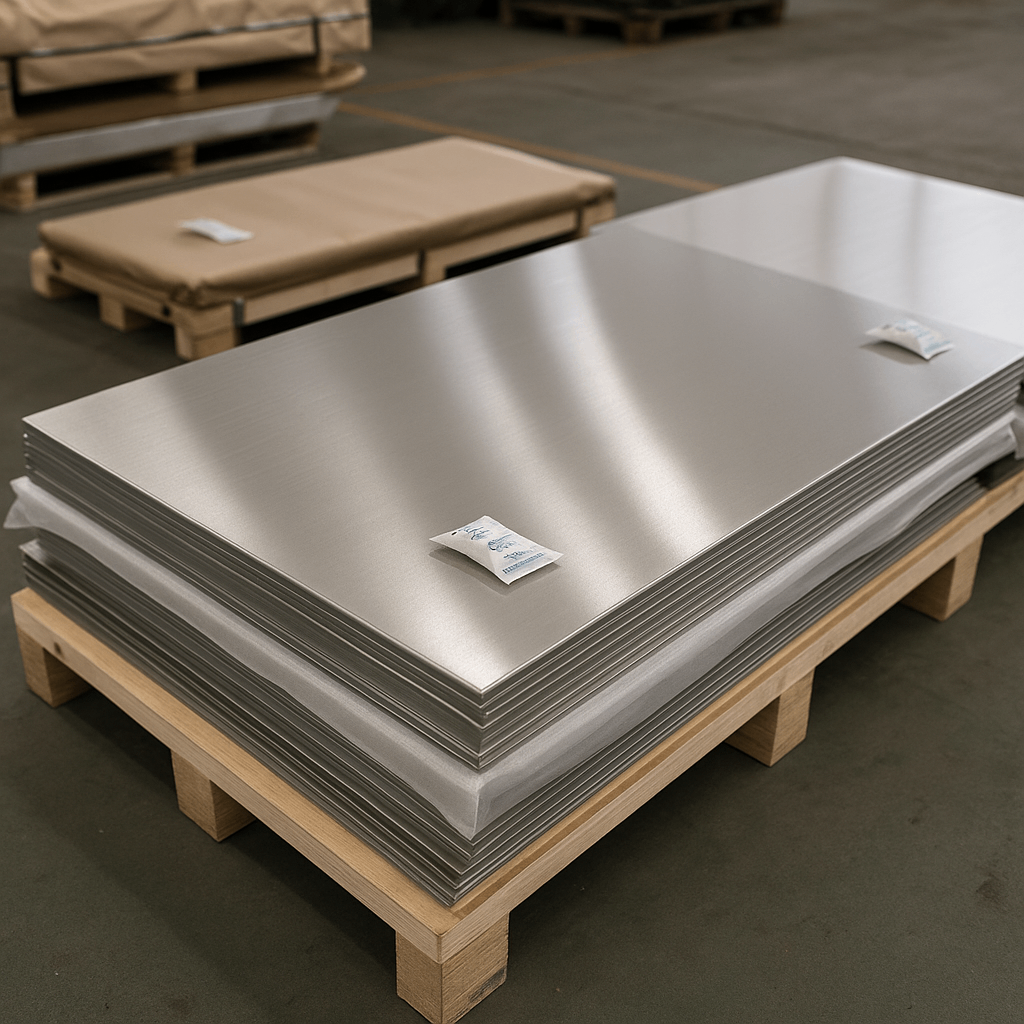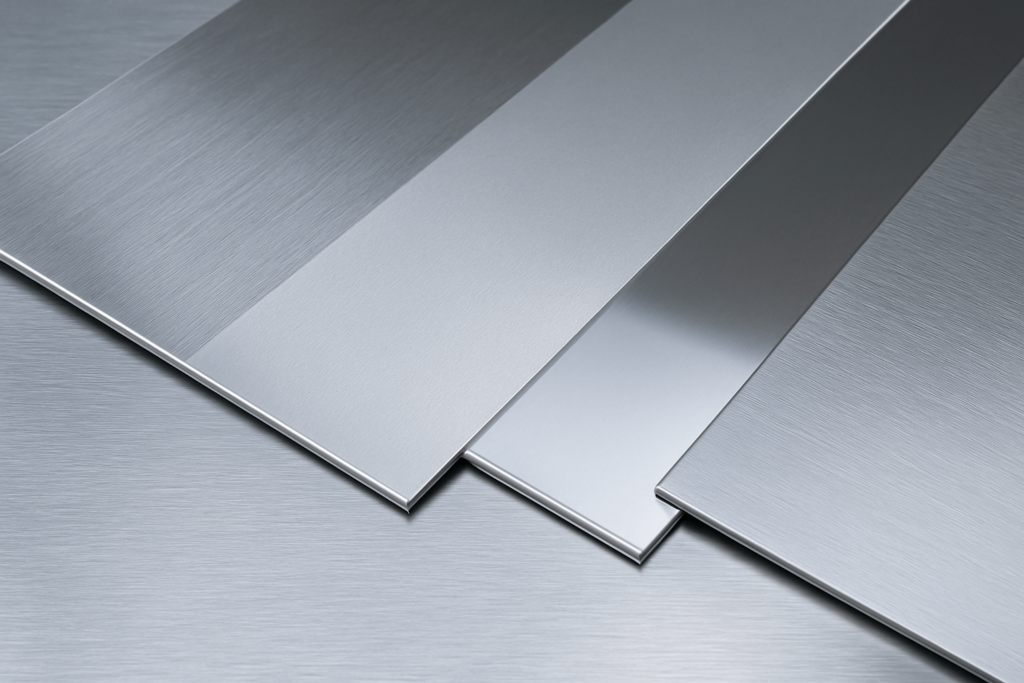For international buyers and B2B procurement professionals, choosing the right stainless steel isn’t just about meeting specifications—it’s a material decision that impacts long-term reliability and food safety. If the wrong grade or process is selected, it can result in premature corrosion or unexpected inspection delays. In food-contact environments, avoiding such issues from the start is essential.
This article is written with procurement teams and OEM buyers in mind—those sourcing food grade stainless steel parts, components, or enclosures in bulk. Drawing on years of fabrication experience, this guide provides practical insights to support your sourcing process.
Why “Food Grade” Matters in Procurement
In global sourcing, “food grade” isn’t just a label—it refers to stainless steel that can consistently perform in environments requiring sanitation and regulatory compliance. Key standards include FDA CFR Title 21 and EU food contact regulations.
Stainless steel used in food contact must be:
Chemically stable – no leaching or reaction with food
Corrosion resistant – able to withstand cleaners, acids, and humidity
Structurally reliable – maintaining shape and surface after processing and repeated use
For OEM buyers and wholesalers supplying food equipment, selecting materials that meet these requirements helps minimize failure rates and return risks. Getting this right at the beginning prevents challenges during use or shipment inspections.
What Makes Stainless Steel Suitable for Food Contact?
The key factor is the passive oxide layer—a natural surface film that forms when steel contains at least 10.5% chromium. Grades like 304 and 316 are commonly selected because they preserve this layer even after fabrication processes like welding and forming.
But selecting the right grade is only part of the picture. The way steel is processed—especially surface finish and joint integrity—also plays a crucial role in keeping equipment sanitary.
Reliable manufacturers follow standardized processes to ensure that fabricated stainless steel parts meet food contact expectations, in compliance with ASTM A240, ASTM A967, and RoHS.
Comparing Stainless Steel Grades by Application
304 Stainless Steel – Balanced and Economical
This is the most widely used grade in the food industry. It offers good resistance to oxidation and works well with dry or neutral foods.
Common uses: prep tables, vending panels, trays, kitchen shelving.
Tips for buyers: Best for indoor, low-corrosion settings. While cost-effective, 304 should be avoided in environments with heavy salt or acidic exposure. Some buyers eventually shift to 316 after observing early wear in coastal applications.
316 Stainless Steel – Reliable in Aggressive Conditions
With added molybdenum, 316 offers better protection from salt and acid. It’s often selected for seafood processing equipment, acidic product handling, and humid regions.
Common uses: juice machines, brine tanks, salad bar frames, marine food stations.
While the material cost is higher, 316 often leads to lower replacement frequency and higher customer satisfaction. It’s also ideal for buyers searching for “stainless steel for seafood prep”, “acid-resistant stainless for food processing”, or “marine-grade stainless for OEM equipment.”
Other Grades – Specialized Applications
201: Low-cost alternative, limited to dry and decorative indoor parts
430: Magnetic, used for trims or where food contact is indirect
420/440: Hardened steel for cutting tools and knives
Depending on your application and environment, balancing hygiene needs, cost, and processing suitability is essential.
Fabrication Processes That Influence Food Safety
The Role of Welding and Seam Finishing
Even high-grade material can fail if welding is not handled correctly. Improper joints create bacteria traps.
To reduce contamination risks:
TIG welding with orbital equipment can minimize crevices
Passivation helps restore surface resistance after welding
Smooth finishes (e.g. brushed or electropolished) make cleaning more effective
These practices help ensure components meet hygiene expectations in industries where audits and compliance are ongoing concerns.
Precision Through CAD/CAM
Stainless steel fabrication guided by CAD design and CAM-controlled processes offers:
Repeatable accuracy in high-volume orders
Efficient modular part matching
Lower failure rates during downstream assembly
This supports consistent quality and smooth integration during installation or product assembly.
Practical Concerns for B2B Stainless Steel Orders
Protective Packaging for Export
Stainless steel components benefit from:
Anti-scratch film and desiccant inserts
Stackable cartons with protective corners
Palletization optimized for containers
These steps reduce freight damage and improve warehouse handling.

Order Consistency and Repeatability
Frequent reorder clients value consistency. Documenting fabrication data and visual benchmarks ensures uniformity—even across repeat orders months apart.
Consistency matters for kitchen chains, vending suppliers, and OEMs distributing modular equipment globally.
Final Thoughts
Choosing the right food-grade stainless steel—and the right manufacturing process—has long-term implications. From hygiene compliance to component lifespan, small decisions at the sourcing stage shape the product’s market value.



